How Arabia
accepted Islam
Once an Arabic trading caravan, which was returning either from Syria or Iraq, brought among other trophies a carnelian statuette with a broken hand.
The Arabs attached a new golden hand to the statuette and made it their idol. They named the deity Hubal. This word originated from the Semitic word “baal,” which meant “master” or “lord.” The prefix “hu” is of Arabic origin and means “he.” Thus, the name Hubal translates to “He is the Master.”
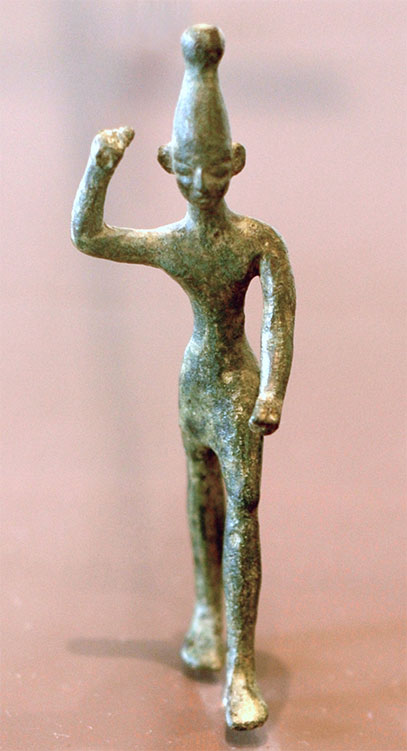
Hubal was one of the many Baals that existed among different tribes in Arabia, Mesopotamia, and Palestine, unaffected by Christianity and Zoroastrianism. The most well-known representative of the Baals is the evil spirit Beelzebul. This is a distorted Hebrew word “Ba’al-Zebul,” which translates to “Master of Flies.”
Unlike Beelzebul, it is not reliably known what Hubal was the master of. Some scholars argue that Hubal was a god of the moon. If that were true, the crescent symbol adopted in Islam would have been a pagan symbol representing Hubal. It is difficult to believe such a theory, as the crescent was rarely used in Islam before the Ottoman Empire, and the symbol itself is one of the most obvious that could have been devised by humans. Moreover, the throne of the moon god had long been occupied by the Sumerian deity Sin, whose fame resounded throughout the entire Middle East so loudly that Hubal could not lay claim to it.
Most likely, Hubal was a god of thunder and rain. Either way, Hubal was a special deity. Among all the Arabian idols, which numbered as many as 360, Hubal seems to have been the only one with a complete human form. Most other idols were ordinary stones. Several idols had a human-like shape or were carved images in stone. For example, the goddess Al-Lat was such an idol, believed to be either the mother of Hubal or the wife of Allah, depending on the tribe. The crescent symbol is also often associated with the goddess Al-Lat.
Ancient Arabia consisted of tribes. By the time of the birth of the Prophet Muhammad, the majority of western Arabia, an area known as Hijaz, had been captured by the Quraysh tribe.
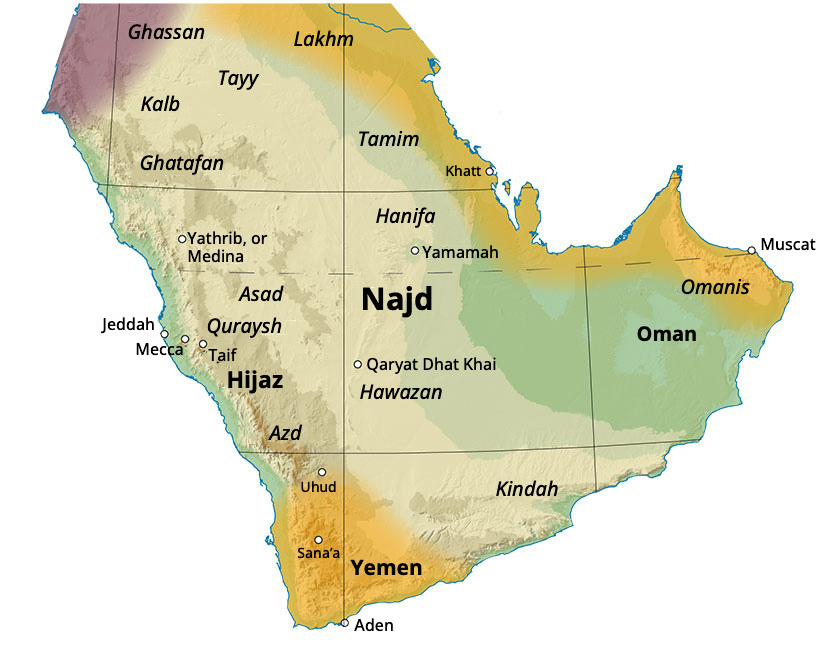
Arab tribes were composed of numerous clans united under a ruling clan. Both tribes and clans had their own idols. In other words, prior to the advent of Islam, a great multitude of tribes and clans on the Arabian Peninsula worshipped stones. These stones typically had shapes and colors that were not commonly found everywhere. Rare specimens of round or rectangular black stones often became idols.
Each tribe also had a chief deity, the patron of that tribe. Hubal became the patron deity of the Quraysh tribe.
But there was another idol in Hijaz that stood even higher than Hubal. This idol was shared by all the tribes inhabiting ancient Arabia and was a large black boulder of an egg-like shape, presumably of basalt rock.
It appears that the main idol did not have a specific name. It was simply called the Black Stone. It was believed that the Black Stone was a messenger from the heavens and, therefore, it was highly revered. All Arabs worshipped the Black Stone.
The Honored Kaaba
All 360 Arabian idols, along with the Black Stone and Hubal, were kept in the city of Mecca. In the center of the city, on a large square, was erected a sanctuary of cubic shape, that was called the Kaaba.
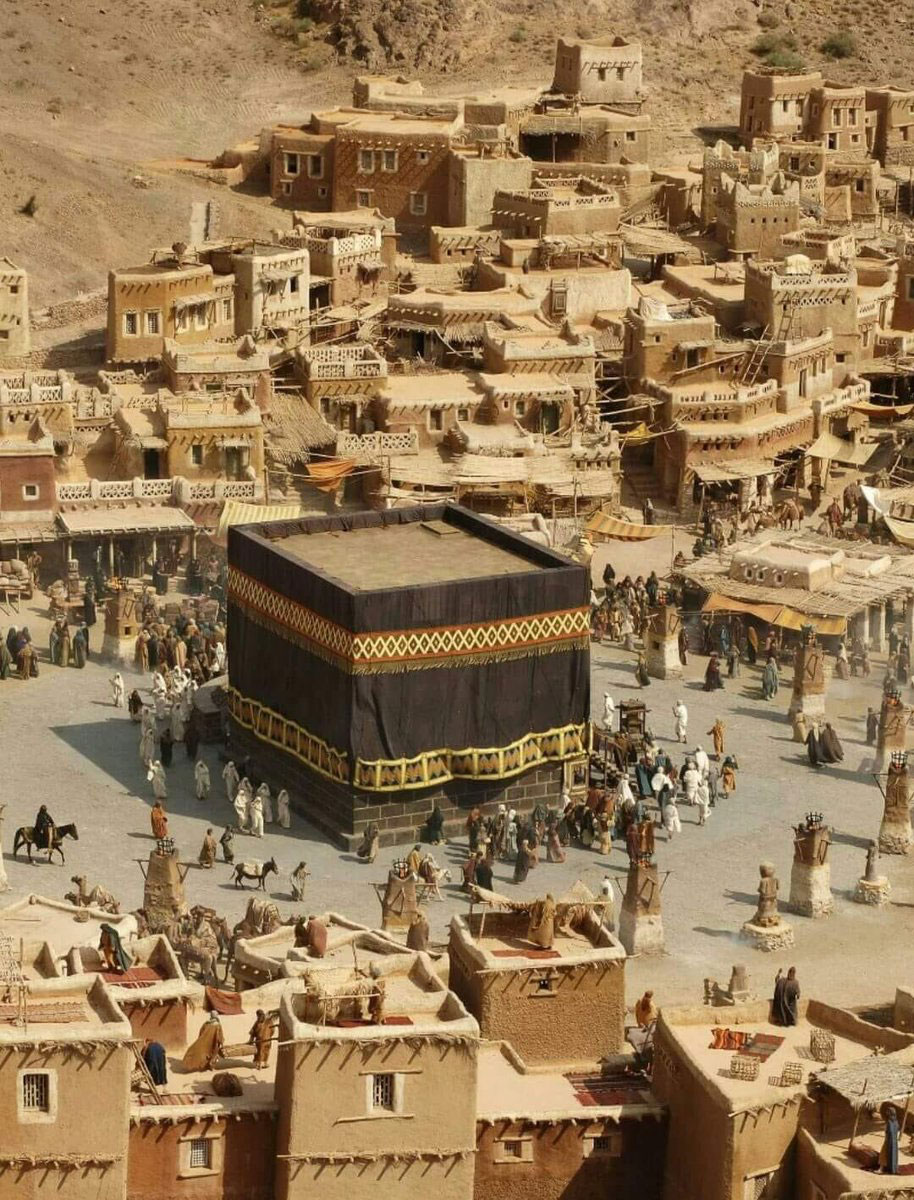
The exact origin of the Kaaba is unknown. Even Muslims themselves are uncertain when it comes to discussing its original builder. Many believe that it was constructed by angels or the first human, Adam. The Quran states that the Kaaba was first built by the Prophet Abraham.
The origin of Mecca itself is also unknown. The name is first mentioned only in the year 741, long after the death of Muhammad, when the Arab Caliphate had established its dominance. The earlier history of Mecca is shrouded in mystery.
Ptolemy, in his “Geography” dating back to the -2 century, describes the cities of Arabia and among others mentions the city of Makoraba. The coordinates provided by Ptolemy do not correspond to Mecca. However, other coordinates mentioned in the book do not align with modern cities either. It seems to be a general error in his calculations.
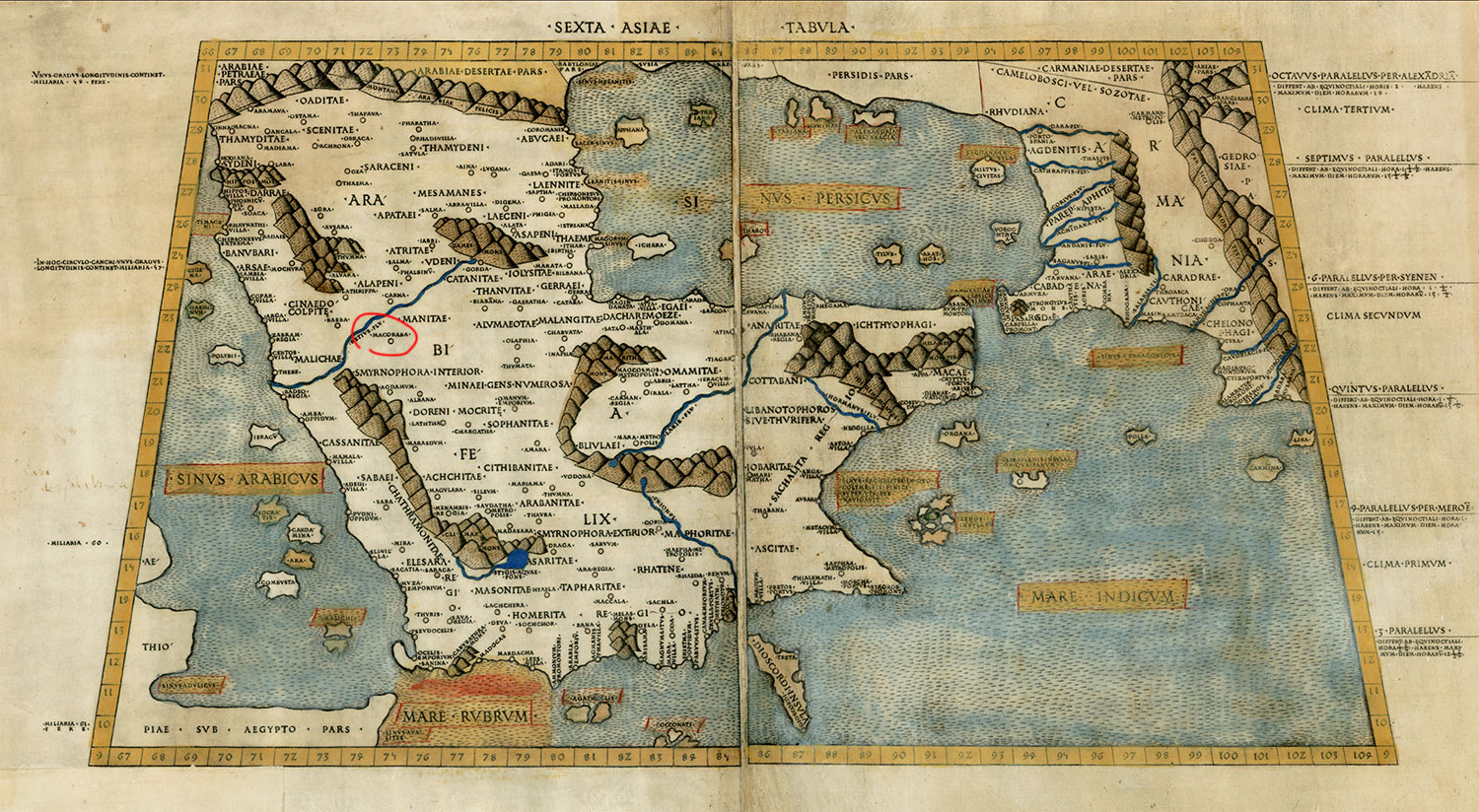
By the method of elimination, one can guess that Makoraba was indeed Mecca. The connection between the names is unclear: the letters do not match exactly. How did Makoraba become Mecca? According to one version, the name “Makoraba” meant “Mecca Rabba” — Great Mecca. Other historians say that the word “makoraba” originated from an Arabic root meaning sanctuary.
So, in the center of this Arab sanctuary, that is, in the center of modern Mecca, is located the Kaaba. Currently, a mosque is built around it, which is in Arabic called Al-Masjid Al-Haram. The name is commonly translated as “The Forbidden Mosque.” However, the original meaning of the word “masjid” is a gathering place for people. Arab tribes, who were constantly at war with each other, used to arrange a truce for one month each year and gather in Mecca to participate in a fair and pilgrimage to the Kaaba. Therefore, the underlying meaning of the mosque’s name is: “a gathering place for people where hostility is forbidden.”
Well, so the organizer of the fair and the main beneficiary was the Quraysh tribe. This tribe owned both Mecca and the Kaaba, along with the keys to its doors.
Enters Mahomet
When the Persian Sassanian dynasty was at the height of its power, Emperor Khosrow the Victorious received a strange message from Arabia. In its text, some Arab fanatic urged the emperor to renounce his own religion and embrace the faith of this fanatic, while recognizing him as a prophet.
Similar letters were received by the Byzantine Emperor, rulers of Egypt, Ethiopia, and Oman, the governor of Syrian Damascus, and kings of many other states.
The letters were most likely torn to shreds or disregarded, and no ruler recalled them again. All the messages began with the words: “In the name of Allah, the Most Gracious, the Most Merciful,” and their author was the Prophet Muhammad.

Kings and emperors vainly did not heed the message. Just over 20 years will pass, and the entire ancient world will be on its knees before Islam. The religion of the “Arab fanatic” will be embraced by Persia, Egypt, all of North Africa, and even future Spain. Only Byzantium will barely stand but lose a significant portion of its territory.
But all this began quietly and unnoticed. The Prophet Muhammad was born in Mecca and belonged to the Hashim clan, which was part of the Quraysh tribe. Muhammad’s father was an Arab with the folksy name Abdullah, and his mother was named Amina. Few Muslims today know these names. The prophet’s father passed away before his birth, and his mother died during his childhood. After the death of his mother, Muhammad was taken under the care of his grandfather first, and then his uncle Abu Talib.
It is commonly believed that Muhammad’s family was poor. Perhaps there was a period in Abdullah’s life when he experienced financial difficulties, but Abu Talib became the leader of the entire Quraysh tribe when Muhammad was eight years old. It is doubtful that the prophet’s childhood was particularly difficult.
For many years, nothing remarkable happened in Muhammad’s life. He often traveled with his uncle to trade in Syria, married a wealthy merchant named Khadijah, and enjoyed climbing the local mountains and seeking solitude in caves during his free time. It is from this peculiar fascination where the legend of the Islam emergence begins.
By that time, Muhammad had reached the age of 40. The midlife crisis had long passed, and dreams of a career were left in the past. Muhammad spent more and more time in his beloved cave on Mount Hira, near Mecca.
Suddenly, on one of the days when Muhammad was sleeping in the cave, Arabic script appeared on the wall. Then a voice commanded, “Read!” Muhammad was taken aback by such a turn of events, thinking he might be having a heatstroke. After collecting his thoughts, he cautiously replied: “But that’s all in Arabic...”
The invisible voice became angry: why couldn’t the chosen prophet read at the age of 40? The unseen force began to suffocate Muhammad, repeating angrily, “Read, I am telling you!” At this point, Muhammad became genuinely frightened for his life, as he truly couldn’t read. Such is the Muslim version.
When the invisible voice realized that there was no use in this prophet, it began to read itself.
“It says here: ‘Read in the name of your Lord who created all that exists!’. Repeat.”
“Read in the name of your Lord who created all that exists! Repeat.”
These words were the beginning of the first verse of the Holy Quran, revealed by Allah.
When Muhammad regained consciousness and left the cave, he saw an angel standing on the horizon in human form. The Prophet tried to turn away, but no matter where he looked, the angel remained before him. Finally, the angel introduced himself as Gabriel and declared that Muhammad was a divine messenger.
Thus began the prophetic mission of Muhammad.

“O Hubal, be high!”
“Allah is higher!”
The Arabic word “Allah” is translated as “God.” In the early translations of the Quran into other languages, the word “Allah” was rarely used. “Allah” is simply a combination of the definite article “Al” and the Arabic word “Ilah,” meaning any deity. Similar words existed among Jews, Arameans, Syrians, Akkadians, and other peoples. For example, the name for God in the Old Testament is “Eloh.”
Islam and Jewish Judaism are connected not only by the name of God. Essentially, the concept of Islam is based on a corrected and supplemented rendition of the Old Testament with rare incorporations of Christianity. In Islam, it is the same God and the same prophets. Muslims believe that the Bible is a divine revelation. They recognize Moses and Jesus, Isaac and Solomon as prophets. However, Muslims make a correction: people distorted the testaments bestowed upon them, and the task of Islam is to correct these distortions by presenting the true version of events received directly from heaven.
The Jews were the first people to invent monotheism and build their religion upon it — Judaism. Then Christianity adopted this invention, although introducing the concept of the Trinity, which is not entirely understood by all. Islam represents the next step in the development of this idea, elevating monotheism to an absolute level. That’s why Muhammad is called an Arab “hanif,” meaning a monotheist.
Now the picture becomes clear. Muhammad appeared with his preachings in pagan Arabia to overthrow idol worship and establish belief in one God. In a sense, he was like Vladimir, the baptizer of Rus, who smashed the wooden statue of the Slavic god Perun, or like Constantine the Great, who cast the Roman Olympic gods into the sea. The difference is that Muhammad did not possess such power from the beginning.
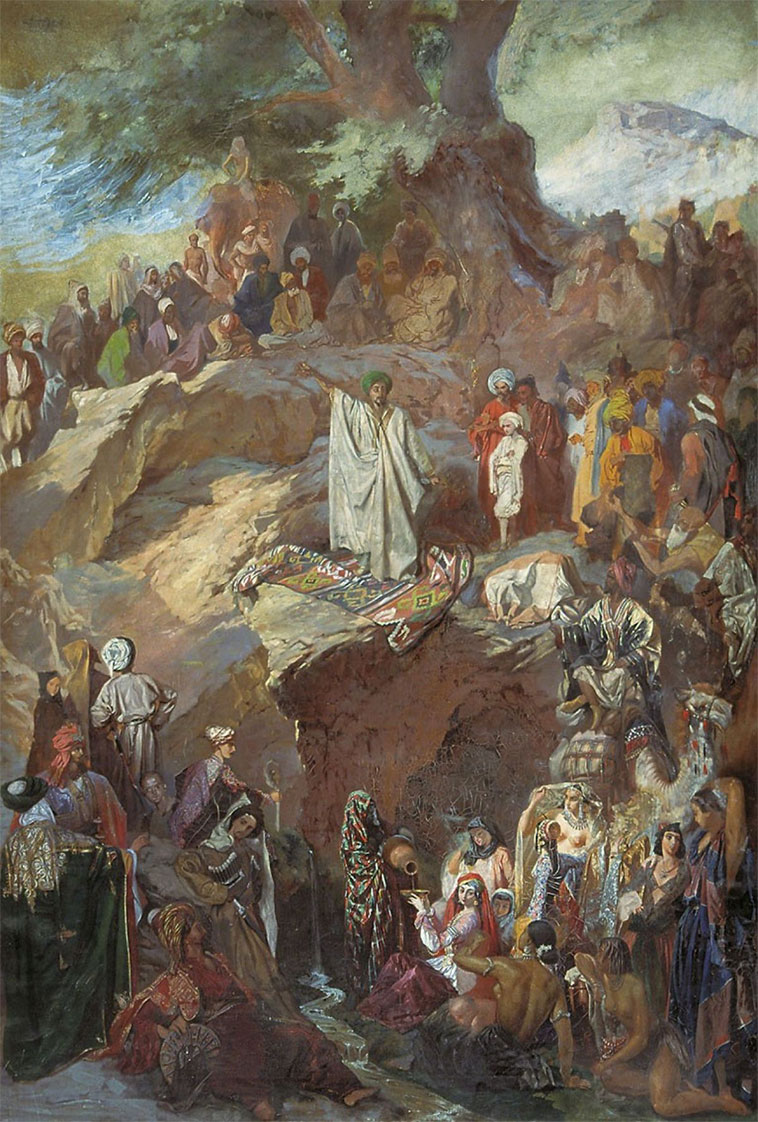
Muhammad was not the only hanif in Arabia. Hanifism was a popular movement in line with the spirit of its time. There were many hanifs wandering across Arab lands. However, it was Muhammad who managed to push the matter through.
Muhammad began his first preachings in Mecca. Initially, his prophecy was biblical. Allah was presented as the sole God, unbegotten and without offspring, but the creator of the entire surrounding world. The first humans were Adam and Eve, who were just as well expelled from paradise. The end of time promised a Day of Judgment when all the deceased would be resurrected to answer for their actions before God. In other words, nothing new.
Naturally, the Quraysh did not accept Muhammad. However, his mission followed a script of success. Initially, the prophet was ignored, then people began to laugh at him, and eventually, they started to fight against him. A beloved story among Muslims tells of how while Muhammad was praying in prostrations, entrails of a she-camel were dumped on his back. Nevertheless, despite everything, Muhammad attracted more and more followers.
While Muhammad’s uncle, Abu Talib, remained the leader of the tribe, there was no threat to the prophet. However, eventually, his uncle passed away, and that’s when persecution against Muhammad began. This forced him to seek support in other cities of Arabia. He found it in Yathrib. The city was inhabited by two warring tribes unable to reach an agreement. Muhammad stepped in as a peacemaker. The people of Yathrib recognized him as their leader, arbitrator, and God’s messenger.
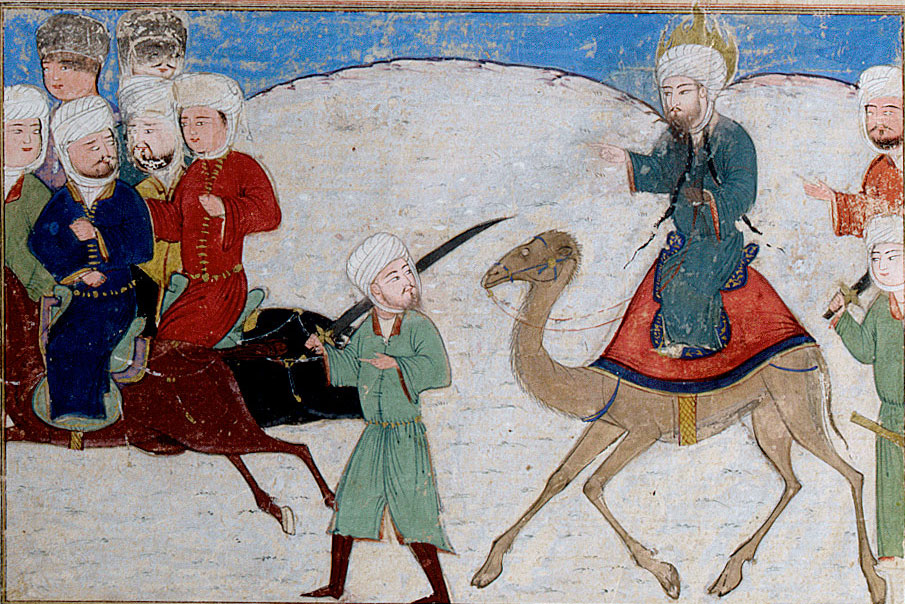
Then Muhammad, along with his followers, left Mecca and migrated to Yathrib. This event took place on September 24, 622, and this date holds great significance for Muslims. The migration of Muhammad is called the Hijrah, and it marks the starting point of the Islamic calendar. Therefore, currently in Saudi Arabia, it is the year 1440 hijri.
Yathrib became the first Muslim city. Soon it was renamed in honor of the Prophet and called Medina an-Nabi, which translates to “City of the Prophet.”
Over time, the interests of Medina and Mecca began to intersect, primarily due to the intersection of trade routes. This led to several battles between the cities.
The battles had a religious backdrop. Mecca was still centered around idols, with Hubal at the forefront, while Medina was Muslim and worshipped Allah.
In one of the decisive battles, Muhammad’s main enemy, Abu Sufyan, boosting the morale of his soldiers, praised the idols of Mecca, repeating: “O Hubal, be high.” Muhammad and his followers shouted in response: “Allah is higher.”

In the end, Allah emerged victorious. The One God proved to be greater than a little man with a golden hand. Mecca was conquered by Muhammad and surrendered without a fight. Muslims entered the city and destroyed all the idols that inhabited the Kaaba. Hubal was defeated, and the forbidden gathering place was cleansed of stones. Mecca shed its paganism and transformed into a new center of the Islamic world. The Grand Mosque was soon built around the Kaaba, and over time, entry into Mecca was closed to non-Muslims.
Nevertheless, one idol remained in the Kaaba. It was the Black Stone.
To this day, it remains embedded in one of the corners of the Kaaba and is framed by a silver casing. During pilgrimage, while walking around the Kaaba, Muslims salute the Black Stone each time they pass by, sending it an air kiss and saying “Allahu Akbar”. After completing the pilgrimage, it is customary to kiss the stone.
This fact is the strongest sting from Islam’s critics and essentially an echo from pre-Islamic Arabian paganism.

Quran
After the capture of Mecca, Muhammad was already making plans for the conquest of Syria, but these plans were not destined to be fulfilled. The Prophet passed away before witnessing the grand victories of the Arab state.
Muhammad did not either see the Quran during his life.
Muhammad read his sermons but never recorded them. The revelations from Allah were transmitted orally, from memory, in separate fragments. It was not until 20 years after Muhammad’s death that the verses began to be collected into a unified book by caliph Uthman.
The early versions of the Quran allowed for variations in readings. The Arabic language consists of only three vowel letters, which are written only for stressed syllables. In unstressed syllables, Arabs write only consonant letters and do not use vowels at all. Therefore, without knowing the context, the same word can be read in a dozen different ways.
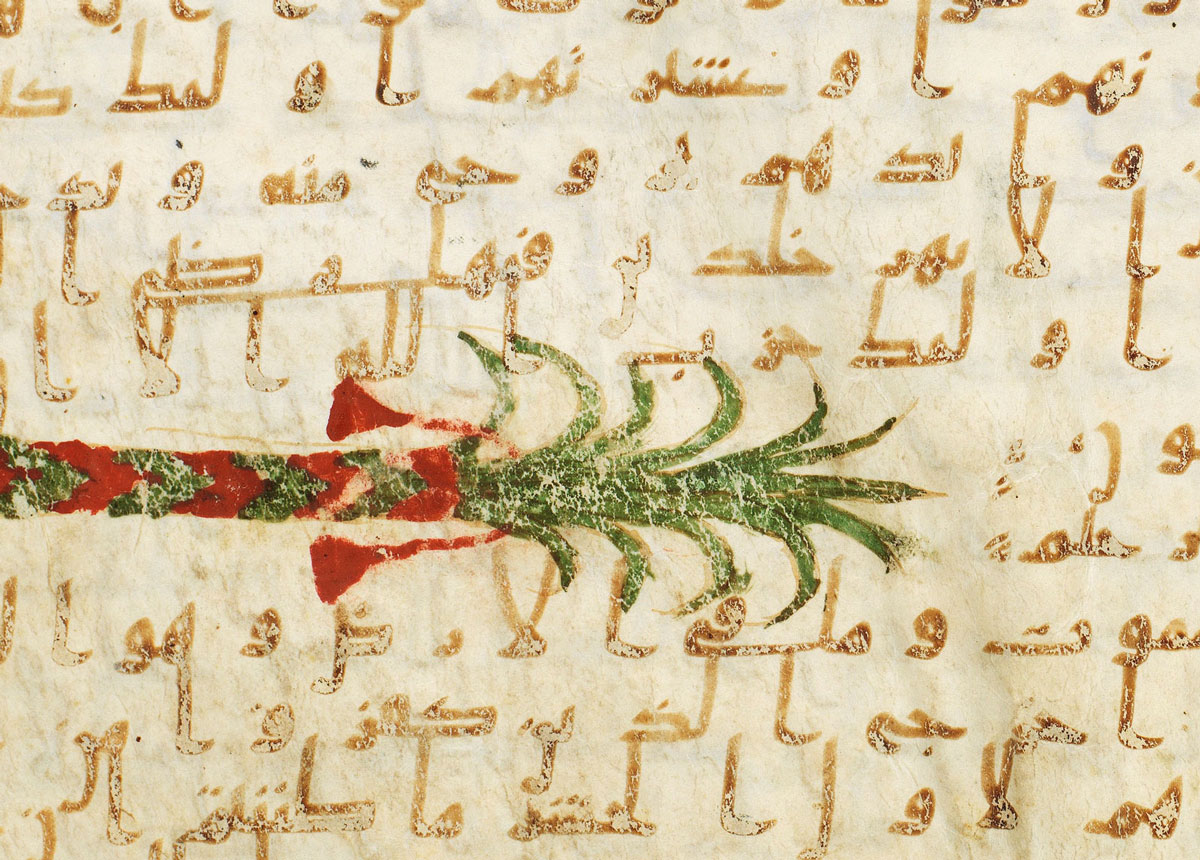
Only by the end of the 7th century did Arabs come up with the idea of introducing special marks above letters, vocalizations. With these marks, Arabic became as easy to read as any European language.
The absence of a unified literary Arabic language led to the emergence of seven different versions of the Quran. Each version was adapted to the dialects of the tribes inhabiting Arabia. Eventually, in the 10th century, the text of the Quran was finalized and accepted in one edition, written in the Quraysh dialect.
But it was already too late. By that time, the Arab Caliphate had already conquered half of the world, and the Quran in different editions had spread to various countries. To this day, there are at least five editions of the Quran used in different countries. In total, these editions are used by around 5% of Muslims, and the differences between them are minimal. For example, in some places, “we” may be written as “I” and so on.
The next issue with the Quran lies in the arrangement of its verses. For some reason, the compilers of the book did not arrange them in chronological order as received by Muhammad. Instead, the verses were collected into chapters, and the chapters were sorted in descending order of length. The Quran begins with the longest chapters, containing over 200 verses, and ends with shorter chapters of only 4 to 5 lines.
That is precisely why the Quran is so hard to read. For example, the first verse revealed to Muhammad in the cave is numbered 96. The content of the book does not read as a whole but consists of separate fragments of narratives, biblical stories, and instructions. These fragments are repeated throughout the Quran, constantly in new forms, sometimes complementing, and sometimes contradicting each other.
All this wouldn’t be so important if it weren’t for the absolute belief of Muslims in the divinity of the Quran.
Muslims believe that the Quran was not written but created by Allah and has always existed. Islamic tradition considers the Quran a perfect book, revealed by God Himself and never changed in a single letter. Muslims believe that the Quran contains answers to all questions. Sometimes these answers are difficult to find, but it is a problem of interpretation, not the book itself. In the eyes of a Muslim, the Quran only exists in Arabic. All translations are merely explanatory notes.

What does science see in the Quran?
A book recorded over a span of 20 years based on the words of Muhammad’s listeners and “voiced” a century later; artificially sorted in descending order of length, with lots of contradictions, archaisms, and disconnected fragments.
Undoubtedly, it is a great monument of culture.


